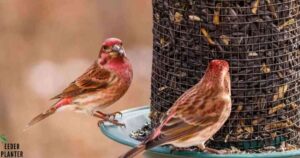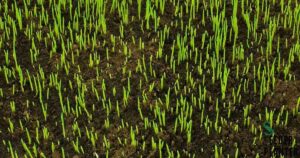Plant Pumpkin Seeds an
Growing pumpkins from seed can be a delightful and fulfilling gardening project. With the right knowledge and a bit of effort, you can turn a few pumpkin seeds into a thriving pumpkin patch. This comprehensive guide will walk you through every step, from planting pumpkin seeds to harvesting your pumpkins.
When to Plant Pumpkin Seeds
Timing is everything when it comes to planting pumpkin seeds. Pumpkins require a long growing season, so it’s crucial to get the timing right.
Optimal Planting Time
- Planting Time: Sow pumpkin seeds in early summer, ideally in May or June. This timing ensures that your pumpkins will have ample time to mature by October.
- Soil Temperature: Ensure the soil temperature is consistently above 60°F (15°C) for the seeds to germinate effectively.
- Frost-Free Period: Plant after the last frost date in your area to avoid damaging the young plants.
How to Plant Pumpkin Seeds
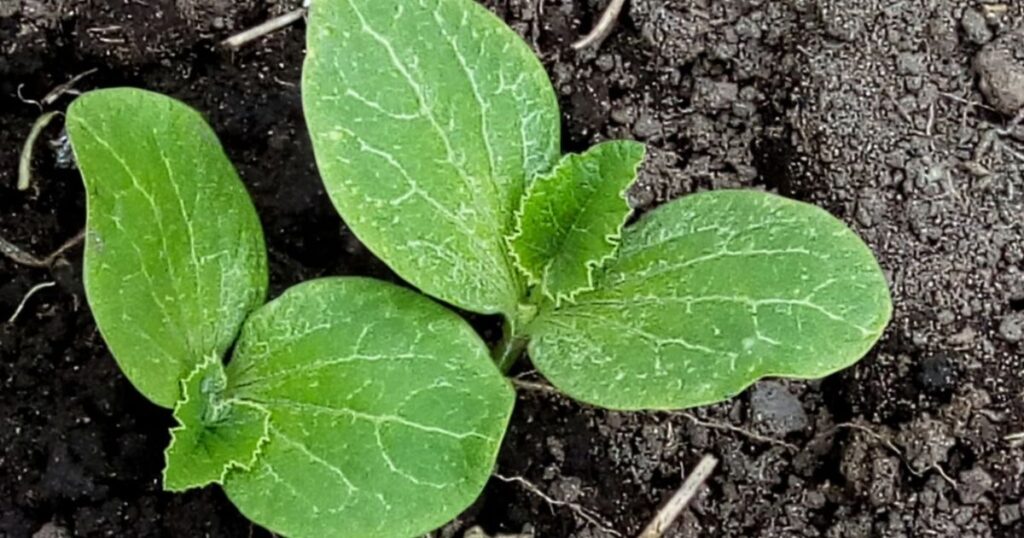
Planting pumpkin seeds properly sets the stage for a successful crop. Follow these steps for optimal results:
Choosing a Planting Site
Select a location that receives full sun to light shade. Pumpkins need plenty of sunlight to thrive. Additionally, ensure you have ample space, as pumpkin vines can grow 20 to 30 feet long.
Planting Process
Prepare the Soil: Rake the garden soil into small mounds.
Sow Seeds: Plant three to five pumpkin seeds in each mound, about one inch deep.
Spacing: Leave two to five feet between each mound, depending on the variety of pumpkins you’re growing.
For a well-organized pumpkin patch, consider planting pumpkin seeds near the edge of your garden to allow the vines to spread without overtaking other plants.
Types of Pumpkin Seeds
Atlantic Giant Pumpkin Seeds
The Atlantic Giant is renowned for producing some of the largest pumpkins. If your goal is to grow giant pumpkins for shows or decorative purposes, these seeds are a top choice.
Mini Harvest Blend Pumpkin Seeds
For a more manageable size, the Mini Harvest Blend is perfect. These varieties are great for smaller gardens or for making cute, miniature pumpkins.
Tips for Growing Pumpkins
Proper care is essential to growing healthy, robust pumpkin plants. Here are some crucial tips:
Fertilization
Pumpkins are heavy feeders and require regular fertilization. Once the vines reach about one foot tall, use a nitrogen-based fertilizer every other week to ensure strong growth and fruit development.
Watering
Pumpkins need a lot of water, especially in hot weather. Water your pumpkins daily in the morning using a soaker hose to provide a deep, consistent moisture at the roots. Avoid overhead watering to prevent fungal diseases.
Pruning and Vine Management
- Prune Vines: After a few pumpkins have formed, prune the vines to redirect the plant’s energy towards developing the pumpkins and producing new blooms.
- Lift Pumpkins: Place a piece of cardboard or folded newspaper under developing pumpkins to keep them off the damp soil and reduce the risk of rot.
Pest and Disease Control
Be vigilant about pests and diseases:
- Squash Bugs: Treat these with organic pest control methods such as neem oil.
- Bacterial Wilt: Often spread by striped cucumber beetles, this disease can cause vines to die. Use appropriate insecticides or neem oil to manage these pests.
- Powdery Mildew: This fungal disease can be treated with fungicide sprays to keep your pumpkin plants healthy.
How to Harvest Pumpkins
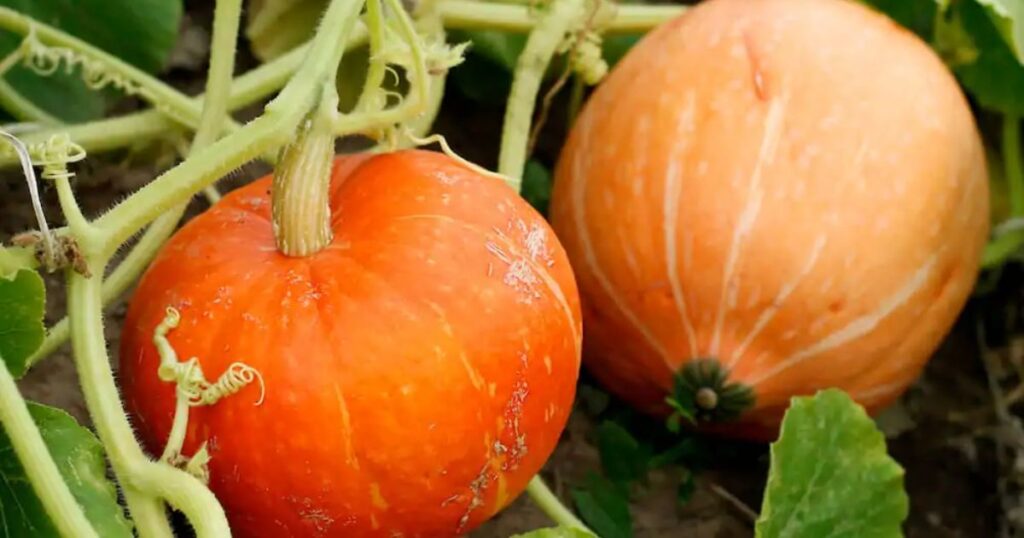
Harvesting pumpkins at the right time ensures their best quality and storage life.
Harvesting Process
Check Ripeness: Pumpkins are ripe when their rind is hard, the color is vibrant, and the stem starts to shrivel.
Cut the Stem: Use a sharp knife to cut the pumpkin stems, leaving at least two inches of stem attached to the fruit.
Cure and Store: After cutting, place pumpkins in the sun for 10 to 14 days to harden and finish ripening. Store in a cool, dark place until ready to use.
FAQs
How do I save pumpkin seeds for planting?
To save pumpkin seeds:
Clean: Remove all pulp from the seeds.
Rinse: Rinse the seeds thoroughly.
Dry: Let the seeds air dry on a paper towel.
Store: Once dry, store seeds in a paper envelope until you’re ready to plant.
How long does it take to grow a pumpkin from seed?
From planting to maturity, it generally takes 90 to 120 days for pumpkins to develop and ripen, depending on the variety.
When do you plant pumpkin seeds?
Plant pumpkin seeds in May or June to ensure they are ready for harvest in October.
How many pumpkins grow on one plant?
A standard or large pumpkin plant typically produces three to five pumpkins. Smaller varieties, like sugar pumpkins, can yield up to 10 pumpkins per vine.
Conclusion
Pumpkin seeds for planting are a great way to start your garden. These seeds grow best in warm weather and need plenty of sunlight to thrive. Preparing the soil by keeping it loose and well-drained ensures strong root development. Water the seeds regularly but avoid overwatering, as it may cause problems. With proper care, pumpkin plants will produce large, healthy fruits.

I am Alexander James, a seasoned professional with 4 years of expertise, brings passion and skill to every project. Elevate your experience with my knowledge and creativity.
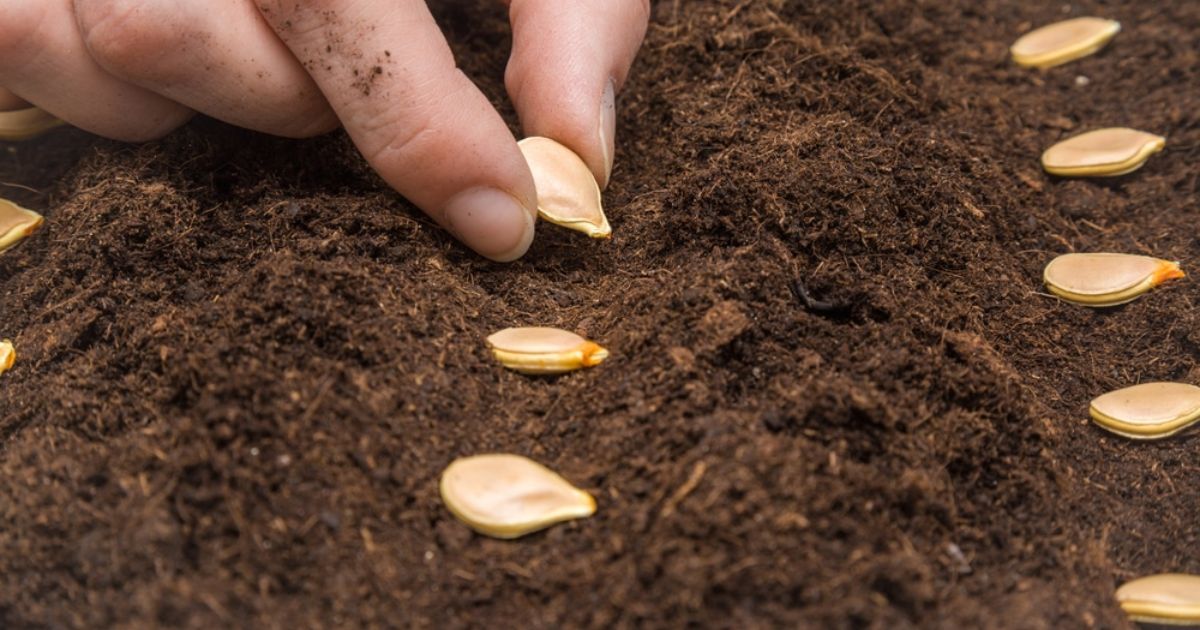

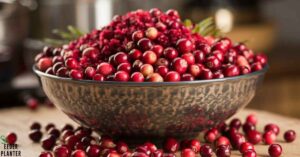
![Hollyhock Seeds: The Complete Guide to Success [2024]](https://seederabout.com/wp-content/uploads/2024/10/Hollyhock-Seeds-The-Complete-Guide-to-Success-2024-300x157.jpg)

